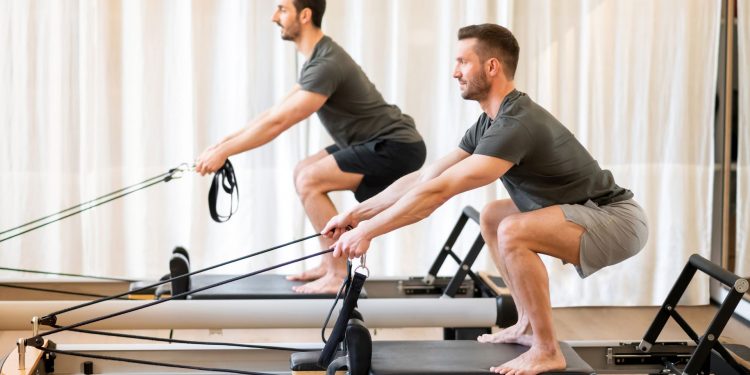More than 25 years ago, I took my first Pilates class in Sydney. It was a mat session, and to be honest, it didn’t leave much of an impression. I wasn’t particularly flexible, and the slower, more controlled movements just didn’t resonate with me back then. I was used to fast-paced workouts and heavier lifts—training styles that left you drenched in sweat and sore in all the “right” places.
Fast forward to two years ago, when I found myself on a Reformer machine again, revisiting Pilates with new eyes and a very different purpose. This time, it clicked. And not just because I had matured physically and professionally, but because I was finally ready to appreciate the stillness, the control, and the deep connection between breath and movement that defines Pilates.
Pilates is often misunderstood, and I was once guilty of that too. But today, as a newly qualified instructor and long-time exercise physiologist, I can say without hesitation: Pilates has completely reshaped how I view fitness, movement, and well-being.
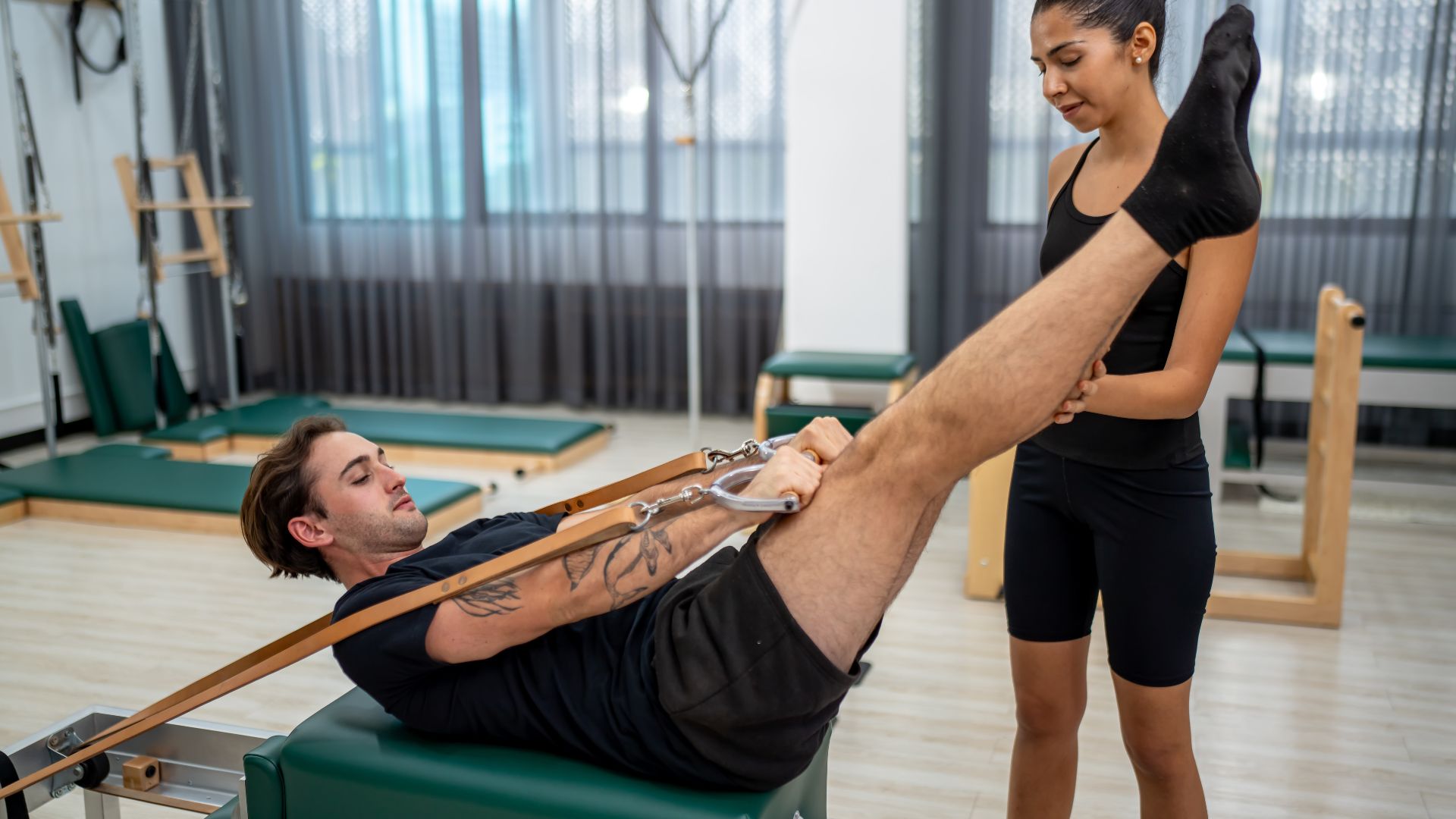
Why I Turned to Pilates—Again
I’ve been in the field of exercise physiology for over 25 years. My passion lies in functional fitness, helping people build the strength and movement capacity to thrive in everyday life. Over the past decade, I’ve worked closely with seniors, guiding them toward better mobility, balance, and strength. Through that work, I began to recognise a consistent need: a way to reach the smaller, stabilising muscles that often go ignored in traditional fitness routines.
That’s what led me back to Pilates. What initially seemed like a gentle stretching workout revealed itself to be a powerful tool for whole-body conditioning. Far from being just about flexibility, Pilates trains the deep postural muscles that support and protect the spine and joints. It encourages correct alignment, core activation, and refined control, qualities that are essential for functional movement at any age.
Initially, I held some of the same misconceptions many people have. I thought Pilates was too “easy,” too “slow,” or just for dancers. But once I began to understand the depth of the method, especially classical Pilates, I saw how it could be the missing piece in any training programme, particularly for longevity and injury prevention.
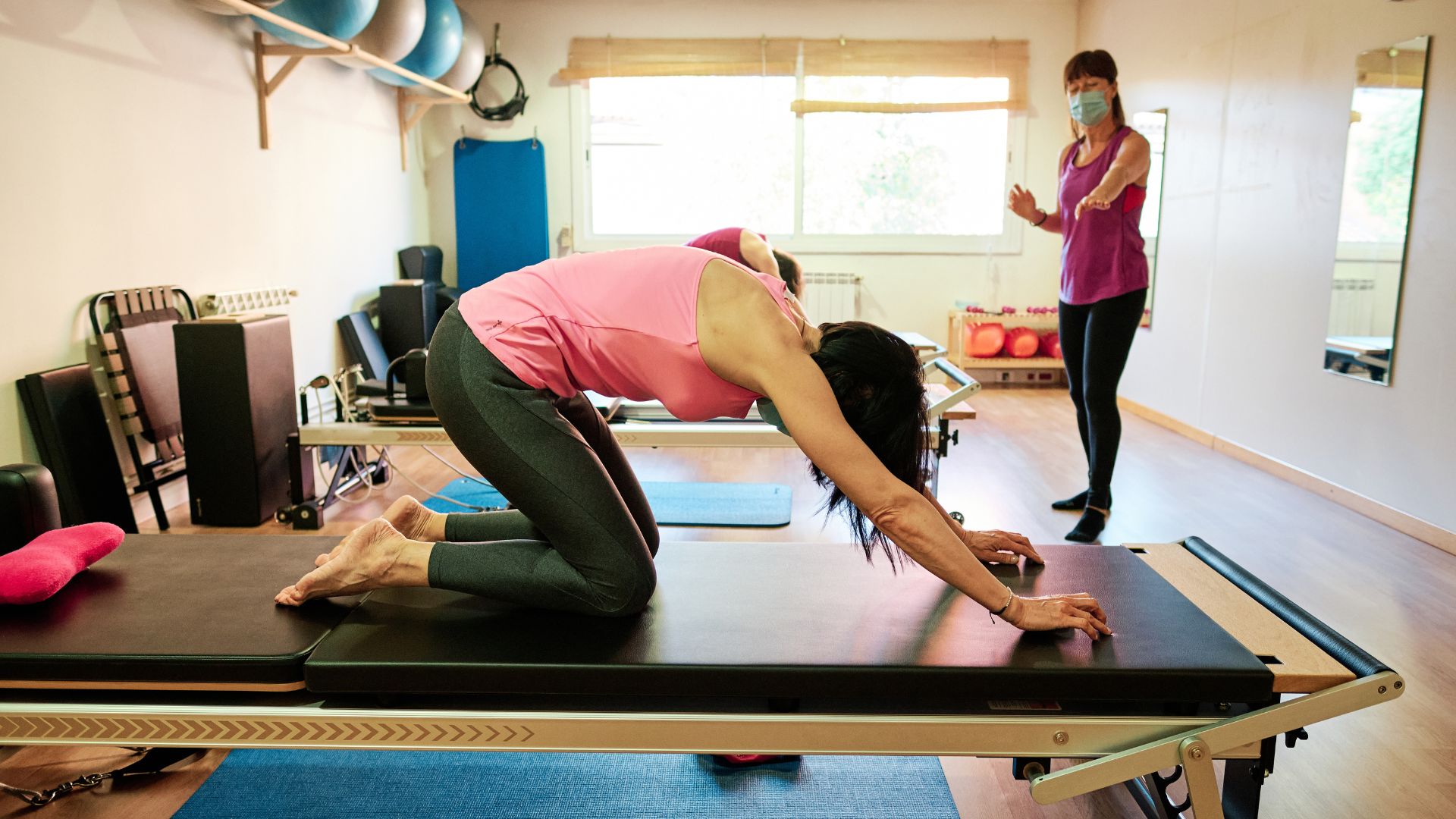
Immersing Myself in the Technique
My renewed interest led me to explore various types of Pilates, from contemporary HIIT-style sessions on the Reformer to gentler mat-based flows. While the high-intensity formats certainly worked up a sweat, they didn’t offer the therapeutic depth I was seeking. What I really wanted was an approach that could be integrated into rehabilitation settings and functional fitness programmes, something with structure, purpose, and precision.
That’s when I discovered classical Pilates, particularly through the Stott methodology. Unlike the more fluid, creative variations of modern Pilates, classical Pilates follows a specific sequence of exercises rooted in Joseph Pilates’s original work. There’s a strong emphasis on breath, form, and flow. Every movement has intention and clarity, and this spoke to both the practitioner and educator in me.
Learning classical Pilates was humbling. As someone trained in countless fitness disciplines, I found myself challenged in a completely new way. Movements like the Hundred, Roll-Up, and Single-Leg Stretch might look simple, but they demand incredible precision and control. You’re not just going through the motions—you’re tuning into your body on a deeper level.
The process was also deeply mental. Pilates requires you to be present in every rep and every breath. The mind-body connection that Pilates cultivates is incredibly powerful, and in our hyper-distracted, screen-dominated world, it felt revolutionary. It reminded me that stillness can be strong, and slowness can be powerful.
How Pilates is Transforming My Body and Mind
One of the biggest shifts I’ve noticed is in my posture and movement awareness. Pilates has helped me connect with my deeper stabiliser muscles, which in turn has improved my stance, walking gait, and even how I sit. I didn’t come into the practice with major injuries, but I used to experience tightness and fatigue from poor posture, especially after long workdays. Today, those strains are minimal, my body simply moves and holds itself better.
From a muscular standpoint, I’ve become more balanced. Traditional training often emphasises the big movers—quads, pecs, glutes—but Pilates works the underrated support system: the transverse abdominis, pelvic floor, multifidus. These are the muscles that keep us upright and injury-free.
Flexibility has also improved, but not in the way yoga might stretch you out. In Pilates, it’s more about functional mobility—the kind that helps you reach overhead, twist, or bend without strain.
Mentally, Pilates has been grounding. The emphasis on breathwork and control naturally pulls you into a more mindful state. You become more attuned to how your body feels, what it needs, and where it’s compensating. In this sense, Pilates becomes a form of moving meditation. After a session, I feel not just physically aligned but mentally recalibrated.
This aligns with what was described in the Fit & Well article about Reformer Pilates transforming traditional views on strength and muscle-building. It’s not about how much you lift, but how well you move and stabilise—and that’s a kind of strength that carries over into every part of life.
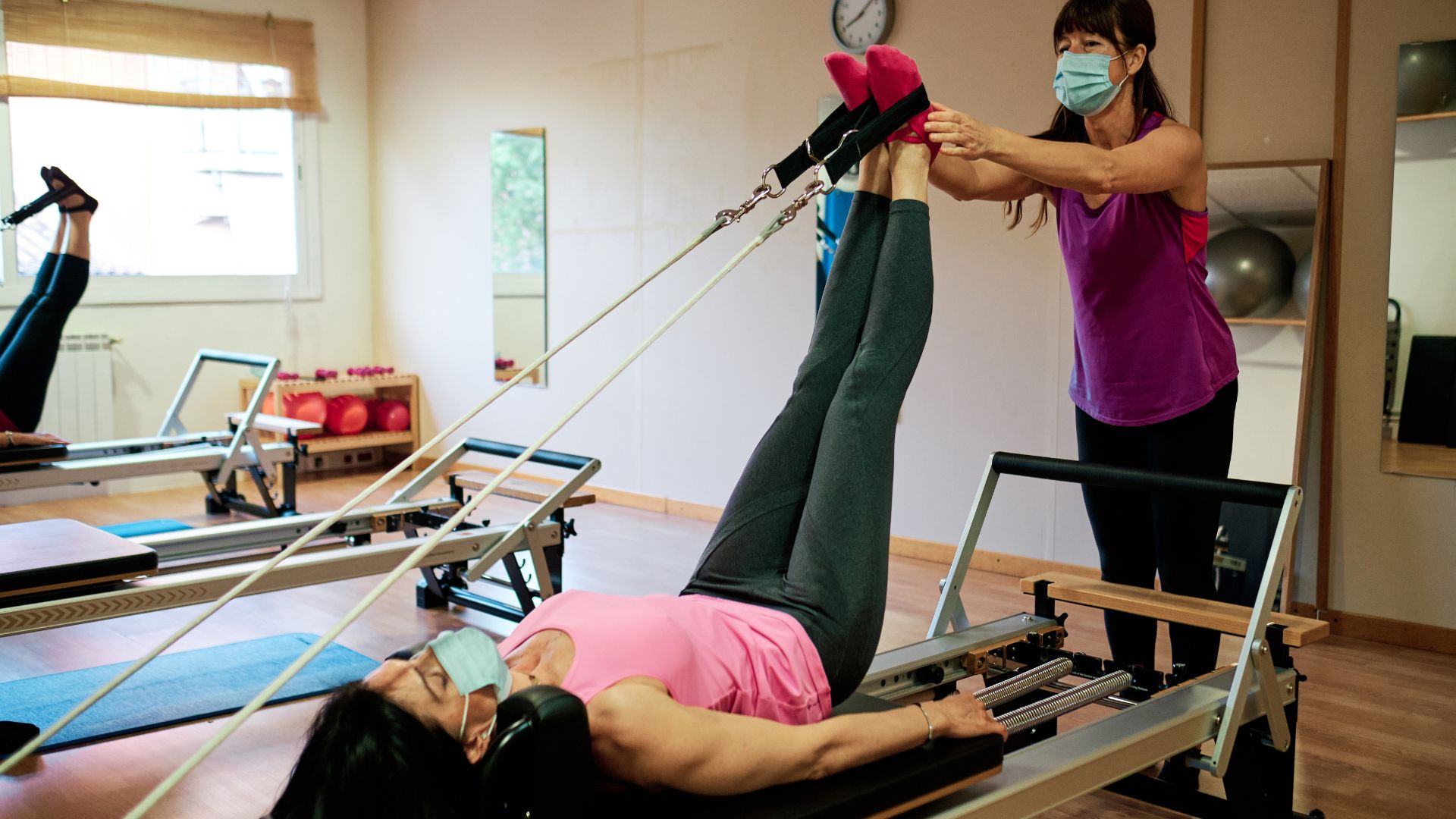
Why Everyone Should Give Pilates a Go
I genuinely believe that Pilates should be a foundational practice for everyone, regardless of age, gender, or fitness level. Whether you’re a young athlete, an office worker, a new parent, or a senior citizen, Pilates offers something valuable for your body and mind.
One of the most common misconceptions I hear is: “I’m not flexible enough to do Pilates.” But that’s precisely why you should do it. Pilates meets you where you are, and builds from the inside out. It teaches you how to move better, not just more.
There are many beginner-friendly movements like pelvic tilts, bridging, and spine stretches, all of which are accessible yet incredibly effective. These aren’t flashy moves, but they teach you to fire the right muscles and bring awareness to your posture and movement patterns. That’s gold in injury prevention and long-term function.
Mat Pilates is a great entry point because it requires no equipment. It’s just you, your mat, and your breath. But Reformer Pilates offers a whole new layer of depth with resistance, feedback, and variation. Both are worthwhile, and increasingly accessible in Singapore, with more studios and certified instructors than ever before.
For men especially, Pilates can feel foreign. There’s a perception that it’s a “female” workout, but in reality, Joseph Pilates himself designed it with boxers and soldiers in mind. The control, strength, and spinal health it promotes are universal needs, not gendered ones.
Ultimately, Pilates is not just another fitness trend. It’s a practice that can complement any training regime, improve movement efficiency, and help you build a body that performs well and ages well. It’s a long-term investment in your health.
Where I Am Now—and What I Hope for You
As I continue to deepen my understanding of Pilates, particularly through the Stott system and its wider family of exercises, I find myself more excited than ever about its potential—not just for myself but for the people I work with. Seniors, athletes, beginners, and even fellow fitness professionals—there’s something here for everyone.
Pilates has redefined what strength means to me. It’s no longer just about endurance or force. It’s about control, awareness, and sustainability. It’s about knowing your body well enough to move with intention, without pain, and with grace.
As I continue to explore the depth and versatility of Pilates, particularly through the Stott approach, I find myself more connected, more curious, and more at ease in my body. What started as a revisit to an old technique has become a practice that now anchors how I move, how I teach, and how I live.
“Strength doesn’t always look like sweat—sometimes, it looks like control.”
And maybe that’s the beauty of it. Pilates doesn’t demand a grand transformation overnight. It simply asks you to show up, to breathe, and to move with intention. Everything else follows.
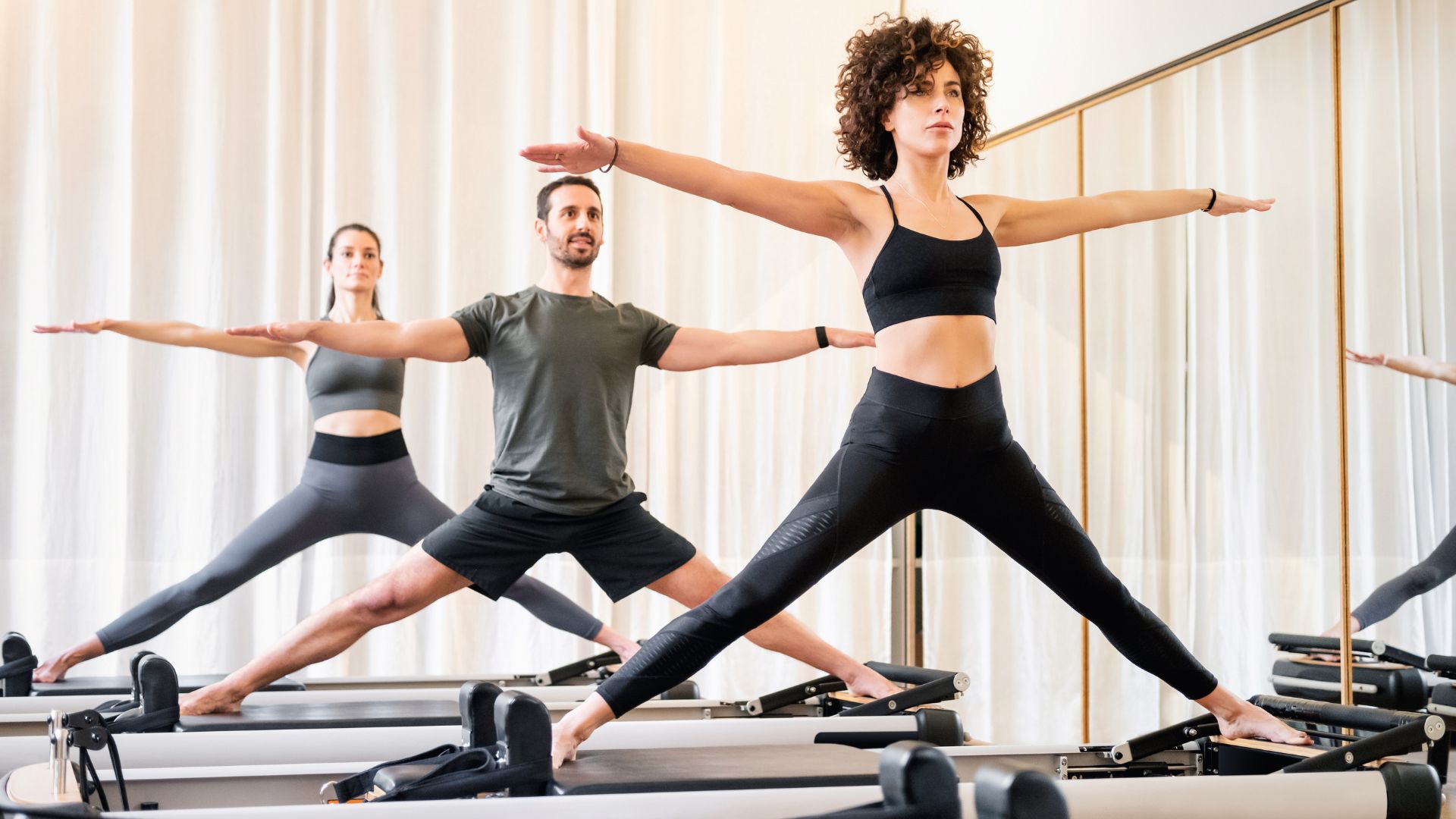
RELATED: Osmo Action 5 Pro: Redefining Adventure Photography with Groundbreaking Features
Join the conversations on TheHomeGround Asia’s Facebook and Instagram, and get the latest updates via Telegram.



